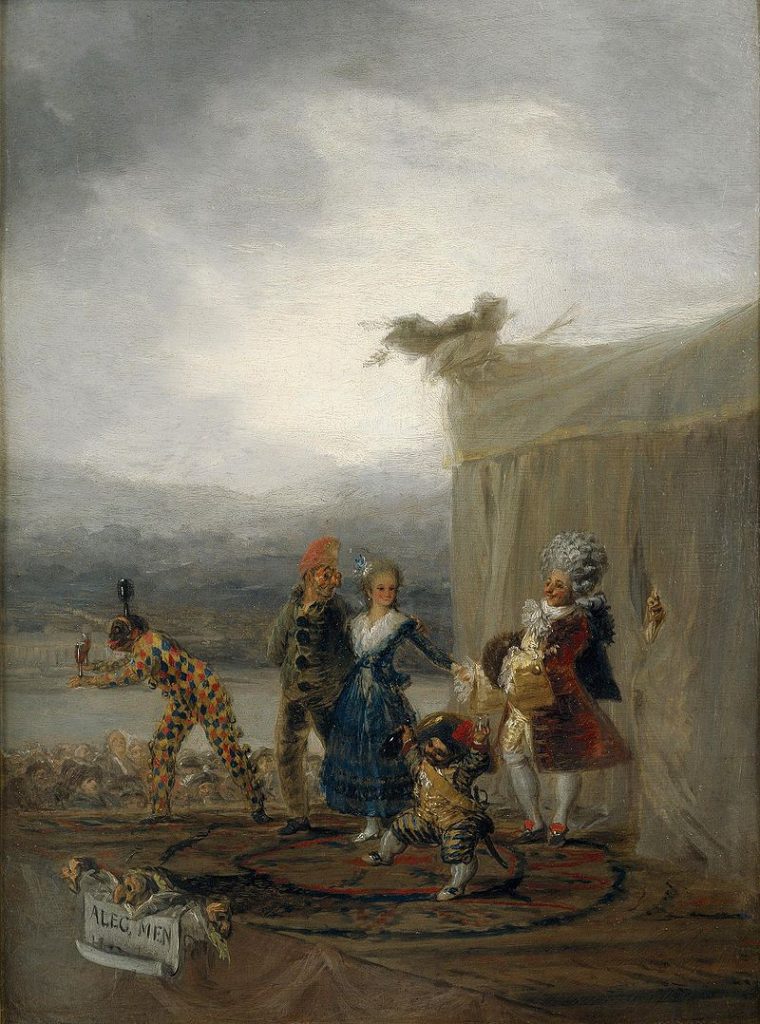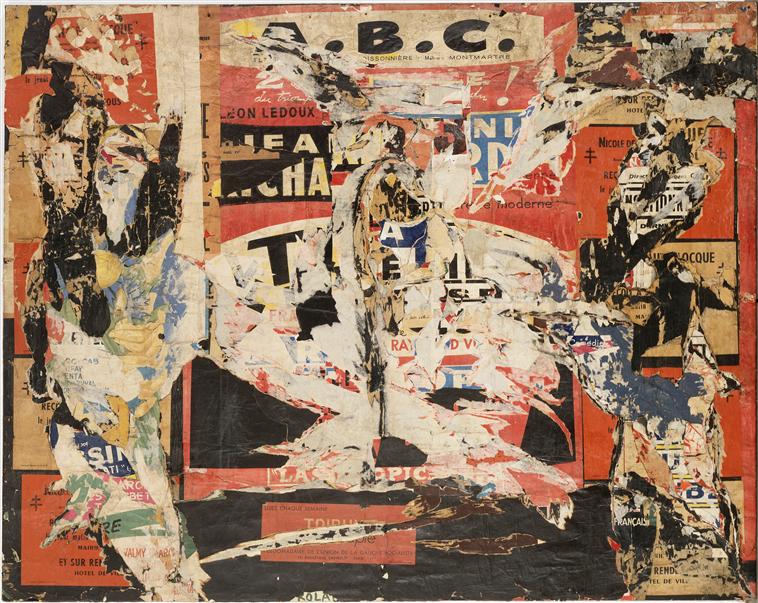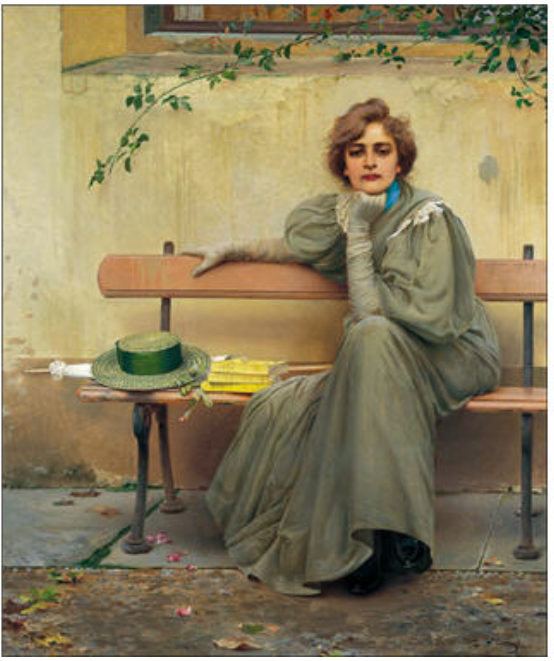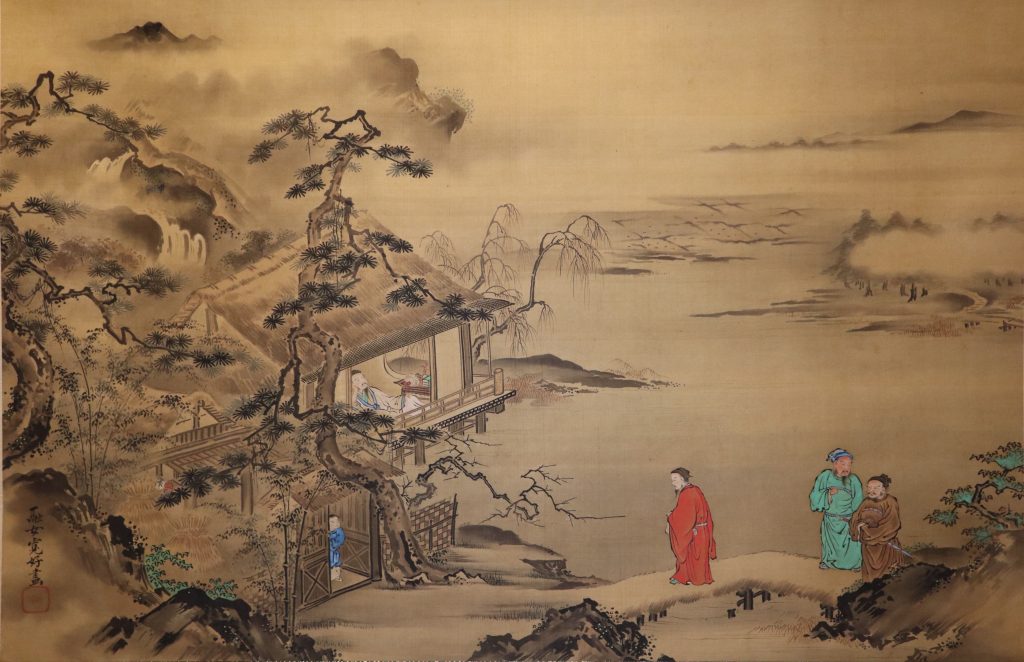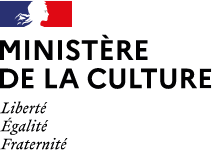What is the Festival oh Art History ?
Accueil — The festival — What is the Festival of Art History?
Among the first events inaugurating the summer cultural season, the Festival of Art History takes place annually on the first weekend of June in Fontainebleau.
With conferences, round tables, film screenings, exhibitions, a book fair, student and professional meetings, visits of the chateau and grounds, workshops for children, and concerts, the Festival offers more than 250 events reflecting the richness of the visual arts from all periods.
For three days, specialists, students and aficionados of art meet in the exceptional setting of the Château de Fontainebleau for a moment of exchange around current research in art history.
Each edition revolves around a guest country and artistic theme, inspiring international scientific and cultural dialogue among researchers, artists, curators, filmmakers, publishers and other figures from the art world. Conceived as a unique opportunity to build bridges between France and the invited country, the festival strives to present a broad panorama of that country’s arts and culture and invites many of its cultural actors and artists.
Free and open to all, the Festival of Art History is also an event for the general public with programming that is at once rigorous and accessible. Unique in the world, this event brings together every year more than 300 presenters and thousands of attendees, all eager to share their passions or to explore the richness and dynamism of art history.
The Festival of Art History is sponsored by the Ministry of Culture and organized by the Institut national d’histoire de l’art and the Château de Fontainebleau.
The Festival also offers :
– a significant section on cinema, in four theaters of the Ermitage cinema in Fontainebleau, which intends to retrace the history of cinema, from silent to contemporary, crossing genres and countries, and observing the way in which cinema can accommodate and to bring together the different artistic mediums within it. For the 2020 edition, the cinema section offers a history of Japanese cinema, a set of films around the theme of Pleasure, as well as a short cycle devoted to the links between archeology and cinema. The sixty sessions, all presented and followed by discussions, will be supplemented by conferences, analyses, meetings with directors and actors, scholars, critics and other professionals.
– a book and art journal fair which welcomes more than 70 specialized publishers and authors who present and sign their latest works in the oval courtyard of the Château de Fontainebleau. The fair also awards two translation prizes and the Olga Fradiss prize, in recognition of the work of a young French researcher in art history.
– visits, exhibitions and presentations: guided tours, outreach, and workshops for both young and old are offered at the Château de Fontainebleau throughout the Festival. They facilitate the discovery or rediscovery of the rich heritage of this royal castle, which houses various collections from the sixteenth to the nineteenth centuries.
– Concerts and shows are organized in partnership with the Paris Conservatory of Music and Dance and the Comédie-Française.
– Diverse offerings for young scholars: in addition to the invitation to international meetings of students and participation in mediation operations, the floor is given to young researchers through the competition “My Art History Thesis in 180 seconds” and during workshops offered by students. Because the Festival is also a place intended to promote professional integration, a Career Gallery organized by the École du Louvre will encourage meetings and exchanges between students and professionals operating in different sectors of art history.
– increasingly diverse offerings for young audiences: thanks to collaboration with public service of the Château de Fontainebleau, the Festival offers many activities for children (workshops, exhibitions, games, mini-conferences).
The Festival welcomes top specialists, whether teachers, curators, collectors, restaurateurs, gallery owners, or students etc, eager to share their knowledge, passion, and discoveries with a varied audience — an audience that includes not only their colleagues but also families, schoolchildren, students, secondary school teachers. One meets at the Festival both connoisseurs and the curious, in a friendly and inviting atmosphere.
Completely free, these three days won over a very large and loyal audience.
